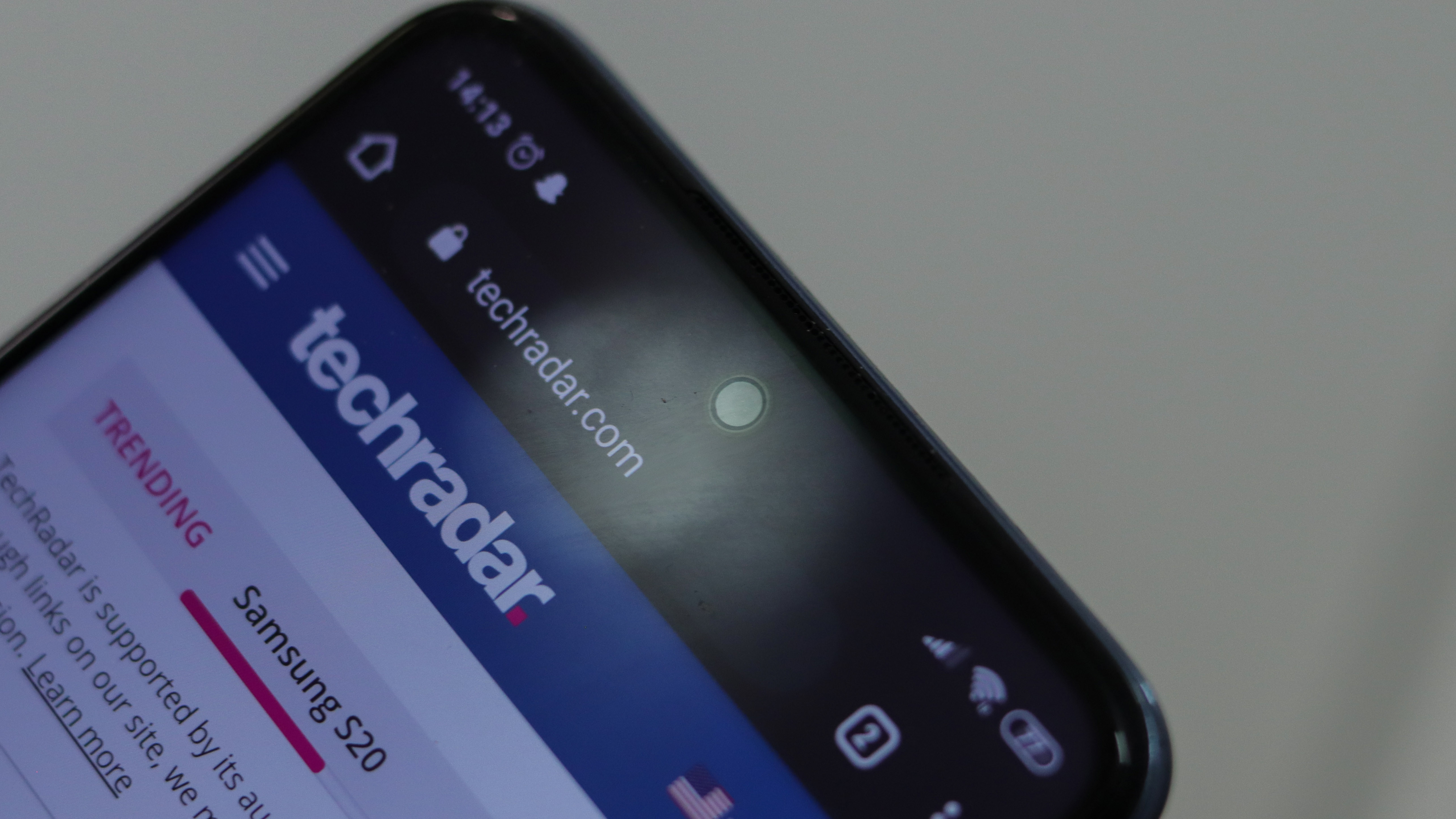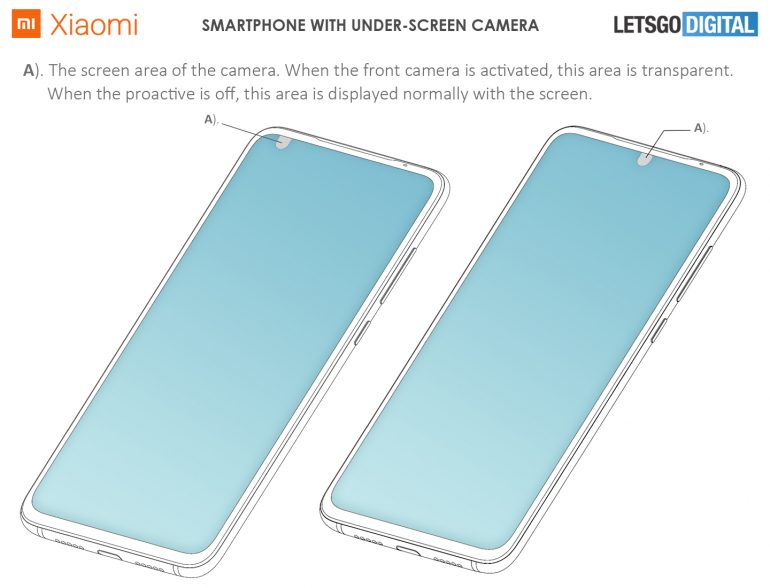Xiaomi patents an under-display camera smartphone
When can we start getting excited?

At a time when critics often debate over what kind of a notch is better, it is a reasonable assumption that the best kind of smartphone is the one without a notch. Taking a big stride towards that future is Xiaomi, which recently received a patent for a smartphone with an under-display selfie camera.
Xiaomi was amongst the first to showcase a working prototype of a smartphone with an actual functional in-display camera. The concept worked with a sensor placed along the top edge of the phone, under the display which has translucent properties. Oppo and Vivo too showed proofs-of-concept, but they were far from perfect.
Dutch tech site LetsGoDigital spotted a new patent granted to Xiaomi for a phone that has an under-display camera. If it ever sees the light of day, it will help us achieve the notch-less future of smartphone displays that has often been talked about, without the current shortcomings that include moving parts or cutouts.

Welcome to the future
Do you want a sneak peek at the future? Here you go...introducing you to Under-Display Camera technology!#Xiaomi #InnovationForEveryone pic.twitter.com/d2HL6FHkh1June 3, 2019
The patent sketch shows a pretty basic phone with two proposed positions for the front camera. We won’t talk about the design of that device as this is likely to be a reference sketch which may be very different from the final implementation.
What you need to know is that Xiaomi showed off the working prototype on a modified Mi 9 almost a year ago, which seemed to perfectly blend in with the display’s operations. However, this implementation comes with a few glaring issues which possibly might have been addressed by now - light transmission.
All cameras need ample light to function optimally. With a semi see-through substance eating up a chunk of it, the camera will have to resort to increasing the shutter speed or ISO levels, both of which have detrimental effects on the resultant images. The final product will need to address this with hardware and software solutions.
As always, a patent does not guarantee that a product will make it to the market. Instead, it is a better indication of what a manufacturer might be planning for. With this being the inevitable future of smartphone design, we won’t be surprised to see more manufacturers try their hand at this.
Sign up for breaking news, reviews, opinion, top tech deals, and more.

Aakash is the engine that keeps TechRadar India running, using his experience and ideas to help consumers get to the right products via reviews, buying guides and explainers. Apart from phones, computers and cameras, he is obsessed with electric vehicles.